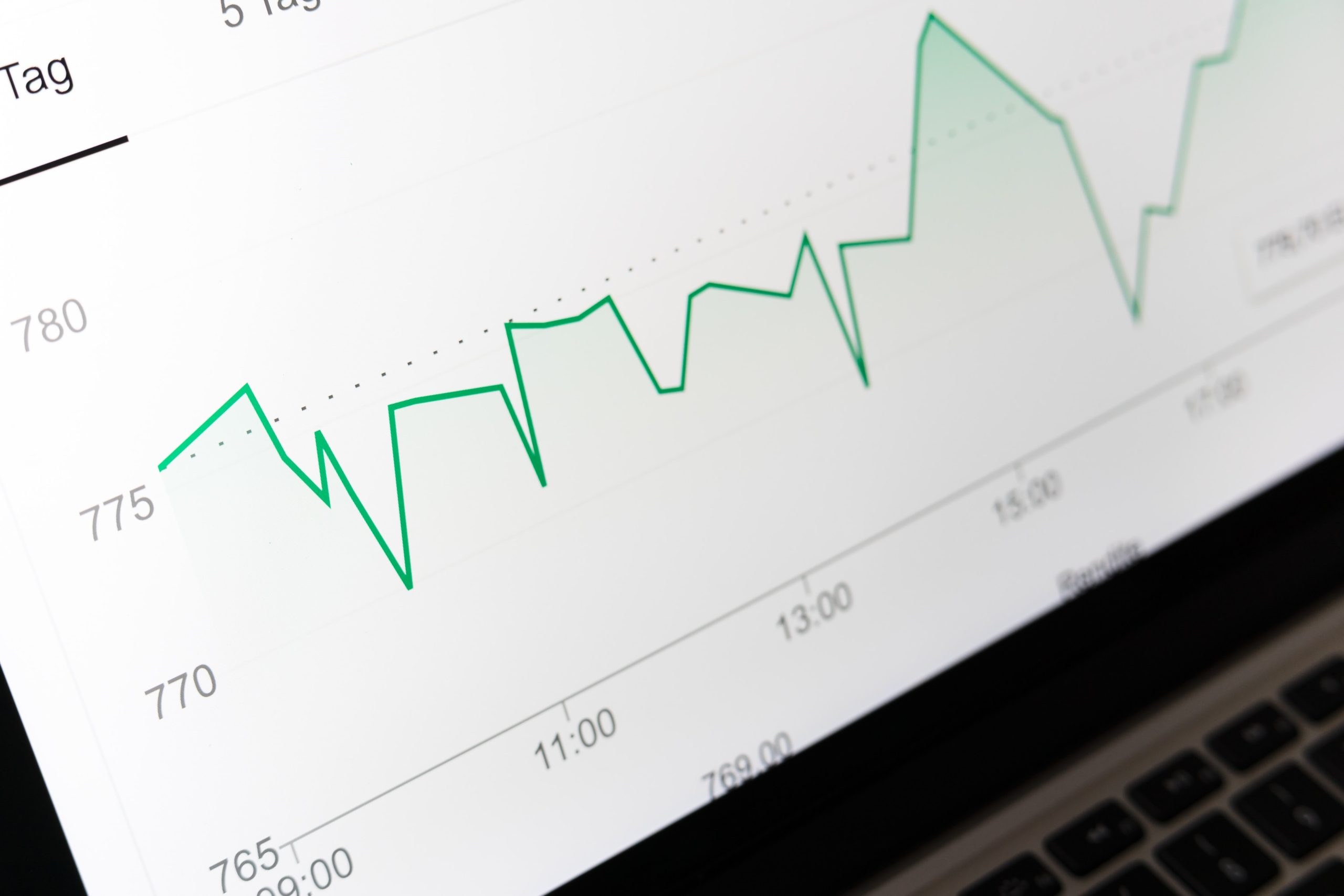Qatar is set to establish a sustainable finance market worth more than $22 trillion globally by 2031.
Qatar has kickstarted a proactive drive to strengthen the domestic debt market in light of the “encouraging” potential for local bonds and Sukuks, announcing $75 billion in investments in sustainable finance this year.
“There is an active drive in Qatar to strengthen the domestic debt capital market to diversify sources of funding and expand sustainable finance solutions,” Qatar Financial Authority chief executive officer Yousuf Mohamed al-Jaida Monday told Qatar Financial Market Forum.
“It is a part of a broader strategy to enhance the county’s capital market infrastructure and create a greener future in line with the Qatar National Vision 2030.”
Experts from around the world were in the Qatari capital for the Qatar Financial Market forum on Monday to take on the most pressing economic and banking issues.
Under the theme ‘From Sustainable Financing to Debt Capital Markets, Uncovering Solutions for the Future of Banking in Qatar,’ the forum is a collaboration between Bloomberg Intelligence, the research division of Bloomberg LP, and the Qatar Financial Centre.
Leaders and important stakeholders from private businesses, governmental organisations, and financial institutions landed in Doha for a day of discussion on important issues like bank funding, debt capital markets, and sustainable finance.
During the conference, Al-Jaida emphasised that the nation is drawing more and more foreign investors to its expanding equity market and that local bond and Sukuk issuances have an encouraging future.
“In general, Qatari issuers have been accessing the international debt capital market since the inaugural sovereign issuance in 2003 of $700mn Sukuk, marking the first-ever sovereign Sukuk issuance from the region,” he added.
In addition, the official said major banks and financial stakeholders in the country are launching initiatives that promote sustainable banking and financing. He cited QNB’s 2020 issuance of the nation’s first-ever green bond, worth $600 million, as an important milestone for the development of sustainable finance in Qatar.
He also said Masraf Al Rayan recently made history by becoming the first Islamic bank in Qatar to introduce a sustainable finance framework, providing investors with the environment, social, and governance (ESG)-linked funding opportunities and using the money raised to fund sustainable projects that adhere to ESG standards.
At Qatar Development Bank, borrowers who meet sustainability goals are offered a three-year grace period and a 20-year repayment period with discounted interest rates.
Meanwhile, Dukhan Bank and the Gulf Organization for Research and Development signed a memorandum of understanding to launch a Shariah-compliant green and sustainable real estate financing program at COP27.
Al-Jaida said this trend suggests significant efforts are placed in developing the local capital market and a commitment to adhering to ESG and sustainability principles to meet the growing need for sustainable financing. He said that by 2023, sustainable finance in Qatar is expected to offer $75 billion worth of investment opportunity.
He added that QFC collaborates with important government organisations like the Qatar Central Bank and Qatar Financial Markets Authority to ensure regulatory alignment and the seamless execution of national financial development priorities.
QFC and its regulator have played a significant role in Qatar’s capital market development journey over the years.
Additionally, he said, the QFC is continually enhancing its regulatory, legal, and tax frameworks to draw in and keep specialised financial players that both support and supplement the services provided by local banks.
Qatar is working to create a capital market that is more diverse.
The nation is poised to establish a niche sustainable finance market, which is expected to reach a global value of more than $22tn by 2031. This is thanks to established regulations for the governance of existing and new financial investments and ongoing efforts to adopt comprehensive approaches to capital market development.







